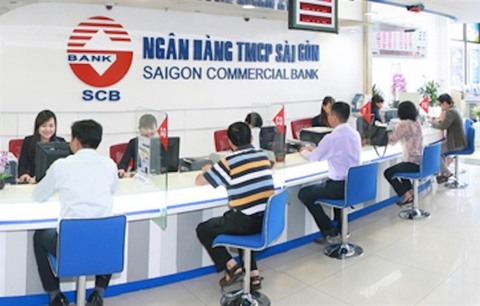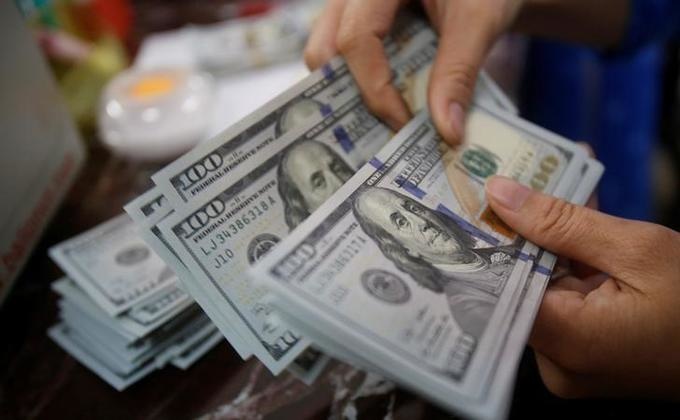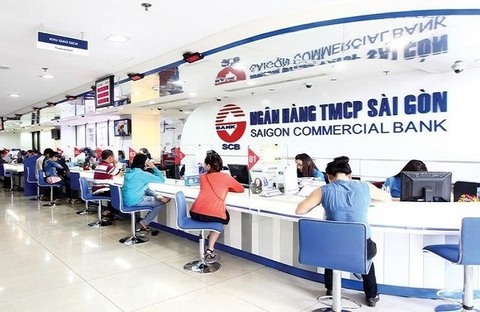Banks see bad debt ratio drop
Banks see bad debt ratio drop
The number of non-performing loans (NPLs) at many banks has decreased dramatically in the past few months, with some even posting a decline of more than half.

According to banks’ financial reports, by the end of 2018, total NPLs of 15 banks, including VPBank, Vietcombank, Sacombank, MBBank, Techcombank, VIB, LienVietPostBank, ACB, ABBank, TPBank, PGBank, BacABank, VietBank, Saigonbank and Kienlongbank, dropped by 17.7 per cent against the end of the third quarter of 2018 to more than VND34.81 trillion (US$1.48 billion).
The decline was unexpected as NPLs reportedly increased significantly in the first three quarters of last year.
Saigonbank was the most unexpected case when its NPLs in the fourth quarter dropped by up to 66 per cent against the previous quarter, which helped the bank’s NPLs stand at VND301 billion by the end of 2018. The result contributed to reducing the bad debt ratio at Saigonbank from 2.98 per cent at the end of 2017 to 2.2 per cent at the end of 2018.
Saigonbank’s representatives attributed the success to the bank’s focus on debt handling under a scheme approved by the State Bank of Viet Nam (SBV).
Another small bank which saw a positive change in dealing with bad debts in the last three months of 2018 was PGBank, whose bad debt ratio dropped to below 3 per cent at the end of 2018 against 4.5 per cent at the end of September 2018.
Large banks such as VPBank, Vietcombank, Techcombank, MBBank, ACB and Sacombank also reduced large amounts of bad debts in the last months of 2018.
At VPBank and its subsidiaries, for example, after climbing to 4.7 per cent at the end of September last year, the bad debt ratio fell to 3.5 per cent at end of the year, of which the rate of the parent bank was below 3 per cent.
Bad debts at Vietcombank also reduced by more than VND1.2 trillion in the fourth quarter of 2018, helping the bank’s bad debt ratio stand at only 0.98 per cent, the lowest level in the entire banking system.
Sacombank was also a bank that focused dramatically on bad debt handling last year. After one year, the bank’s NPLs plummeted by 48 per cent to VND5.4 trillion. The result helped its bad debt ratio on total outstanding loans drop from 4.7 per cent in early 2018 to 2.11 per cent at end of the year.
With efforts made by banks in bad debt settlement in the last quarter of 2018, the entire banking system handled VND149.22 trillion of NPLs last year, bringing the bad debt ratio of the system to 1.89 per cent at the end of 2018, down from 1.99 per cent at the end of 2017 and 2.46 per cent at the end of 2016, according to reports by the central bank.
The bad debt ratio also hit the lowest level since 2012 and was below the threshold of 2 per cent targeted for the end of 2019 according to Resolution 01 issued by the Prime Minister in early last year.
More focus on the credit quality
According to experts, bad debt is always one of the key indicators to assess banks’ health. Thus, besides big profit, the positive change in bad debt over the past year has confirmed the bright picture of the banking sector.
However, experts also noted that besides handling old bad debts, banks must continue focusing on controlling credit quality in order to prevent new bad debts from arising.
According to SBV Governor Le Minh Hung, the central bank will continue implementing policies to restructure the banking system and deal with bad debts, considering it among SBV’s top priorities in 2019.
Accordingly, Governor Hung has directed credit institutions to review and provide detailed roadmaps and solutions for settling their bad debts every year until 2022.
Credit institutions are also required to actively look for buyers for the debts they sold to the Viet Nam Asset Management Company (VAMC) while the VAMC must speed up the handling of bad debts and collateral that the company purchased following market-based mechanisms.





















